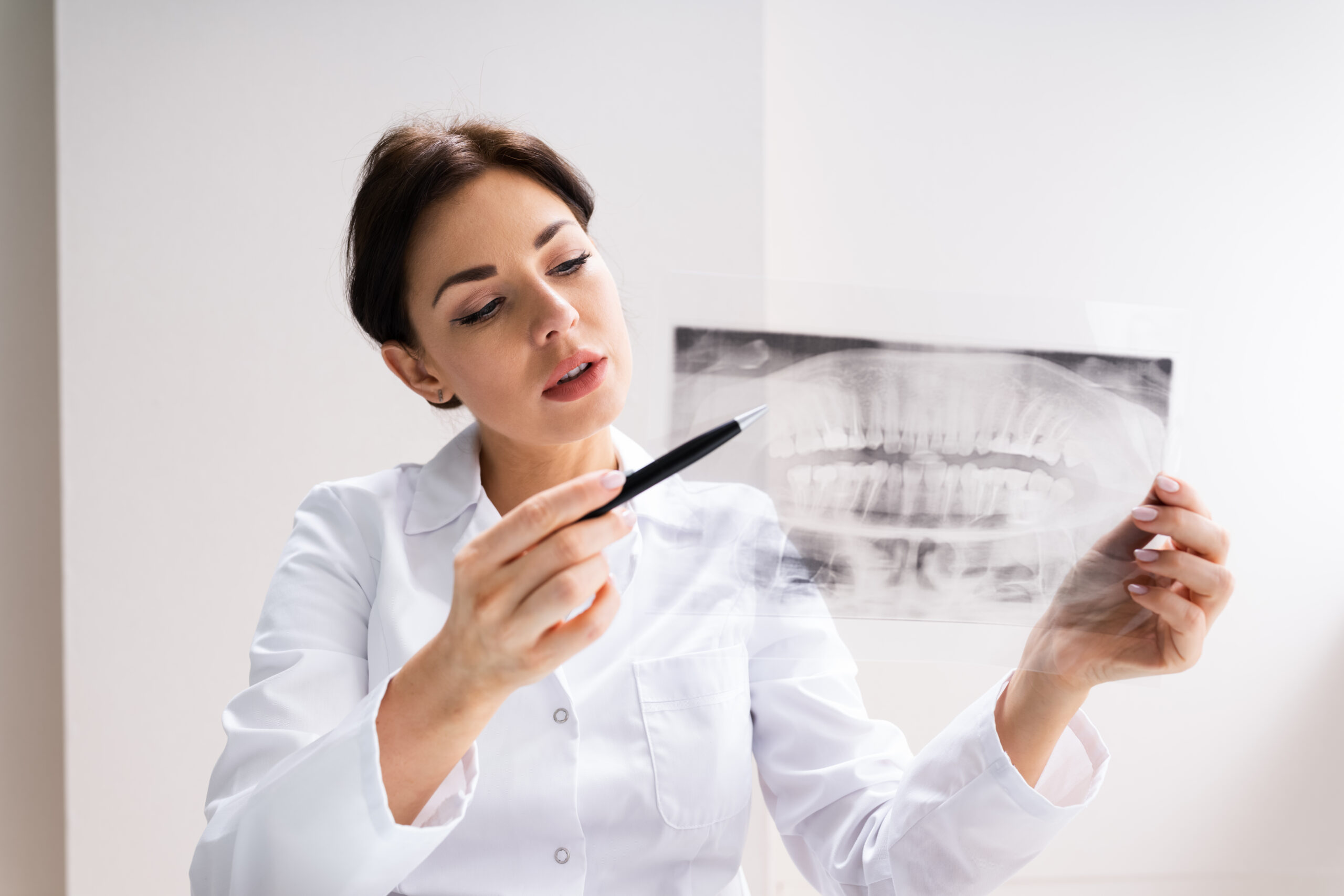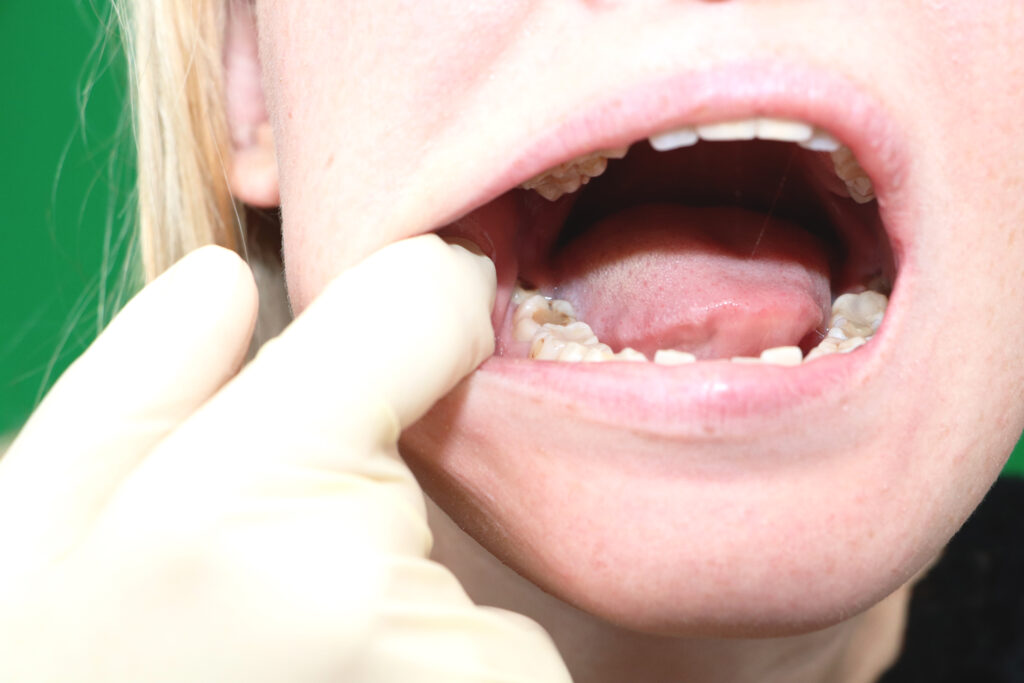Most dentists and oral surgeons use medications that minimize post-operative pain. Some oozing of blood or swelling may occur, but should not last long.
It is recommended to eat a soft diet until the bleeding stops. A tea bag soaked in tannic acid also helps to form clots and stop the bleeding.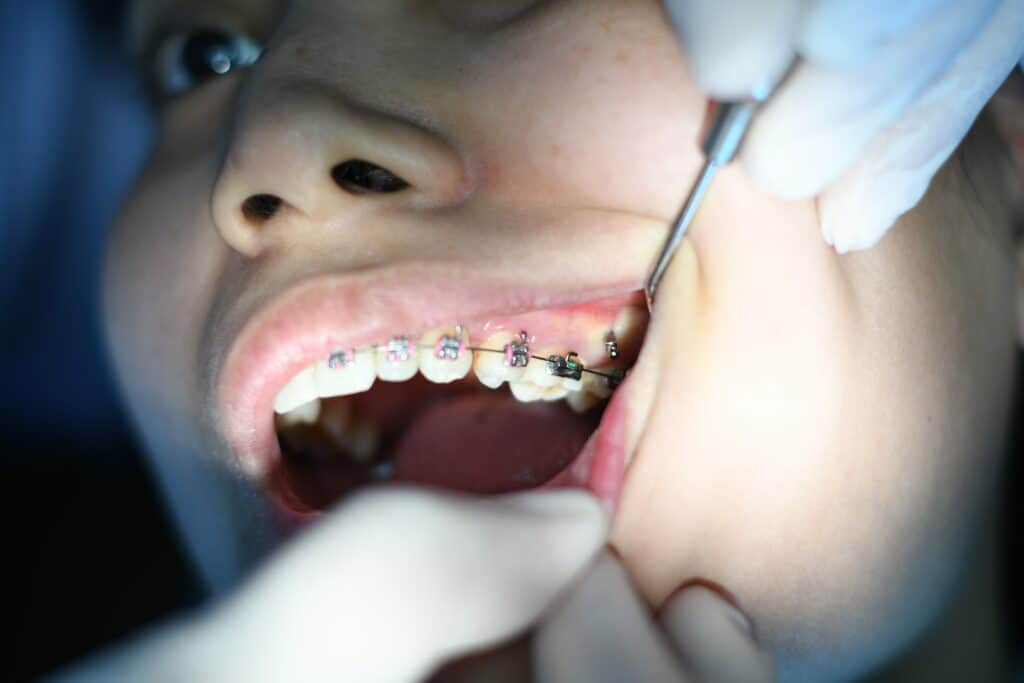
Impacted Wisdom Teeth
Many people don’t have enough room in their jaws for wisdom teeth to grow in correctly. As a result, they become impacted – stuck in the gum or erupting at an incorrect angle. This can cause damage and lead to pain and pressure on other teeth. Having your impacted wisdom teeth removed early on can prevent this.
There are several types of impacted wisdom teeth. Mesial impaction is the most common type and occurs when a wisdom tooth is angled towards the front of your mouth. Distal impaction is the rarest type and occurs when a wisdom tooth is more angled towards the back of your jaw. Whether this type of impaction needs to be removed will depend on how angled the tooth is and if it’s pushing against other teeth or bones.
If the wisdom tooth is angled against other teeth or bone, you’re likely to need it removed. It may also be causing a cyst, a fluid-filled sac that feels like a lump and can harbour bacteria and trigger infection in the gum tissue. It’s also possible that the wisdom tooth will hit a nerve, which can cause a tingling sensation and pins and needles in your tongue, lips, lower lip or skin over the chin. This can be temporary or permanent and will require specialist treatment from a dental surgeon or oral surgeon to repair.
Impacted Third Molars
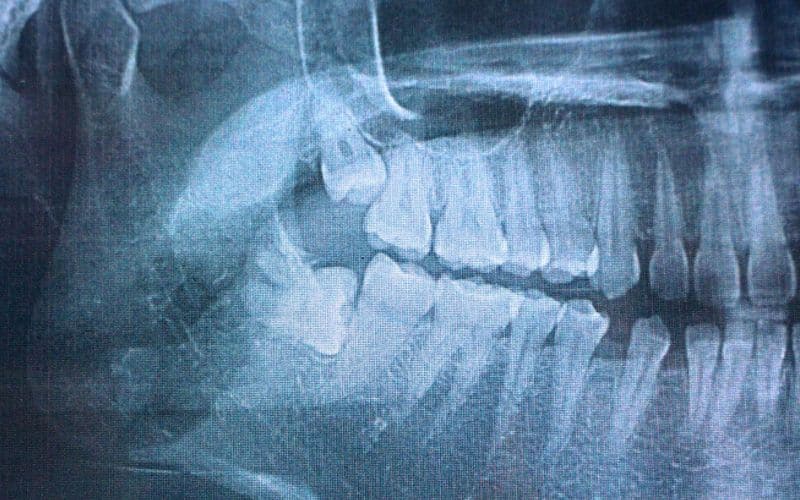
The wisdom teeth (also known as third molars) are the final adult teeth to come in and grow into place in your mouth. Most people have four wisdom teeth at the back of their mouth — two on top and two on the bottom. In some cases, wisdom teeth become impacted (fail to erupt or develop normally) because there isn’t enough room in the mouth for them. This can lead to pain and other dental problems.
Partially erupted wisdom teeth are more likely to develop tooth decay (cavities) because food and bacteria can get trapped between the gum and the partially erupted wisdom tooth. They are also more likely to develop gum disease (periodontitis) because of the difficulty in cleaning them. In addition, cysts can form around a partially erupted wisdom tooth. Cysts are fluid-filled sacs that can damage the surrounding bone and teeth.
Whether or not a wisdom tooth should be removed depends on its position in the mouth and how it is developing. A dentist or oral surgeon can take x-rays of your mouth to see if your wisdom teeth are coming in properly and may recommend removal if they look crowded or are impacted.
The procedure to remove a wisdom tooth involves making a small cut (incision) in the gum tissue to access the tooth. A small piece of bone that covers the tooth may need to be removed as well. Usually the dentist uses a local anaesthetic to numb the area and you won’t feel any pain during the removal process. If you are nervous or anxious about having your wisdom teeth removed, your dentist may offer a general anaesthetic.
Impacted Second Molars
If the lower wisdom tooth does not erupt fully, or if it erupts but is inclined (crooked) then there are several treatment options. These include removal of the impacted tooth, orthodontic uprighting and/or surgical repositioning of the second molar.[1] The results of these treatments vary from successful to unsuccessful. Early removal of the impacted tooth appears to be the best choice.
Your surgeon will numb the area around the tooth and gum with local anesthetic before commencing the procedure. Depending on the position of your wisdom teeth, your surgeon may need to open up gum tissue and remove any bone over the tooth or to break the tooth into sections to extract it. Using a high-speed tool, the surgeon will then remove the tooth.
In some cases the impacted tooth may develop decay in the teeth in front and/or the bone supporting the tooth. A cyst can also develop around an impacted wisdom tooth. Cysts are fluid filled sacs that can affect the surrounding teeth and jawbone.
After the extraction, it is important to keep the area clean and avoid infection. Your surgeon will give you advice to help. They may recommend rinsing the mouth with warm salt water after meals and at bedtime for five days. They may also advise against drinking through a straw, which can dislodge blood clots and cause dry socket.
Impacted First Molars
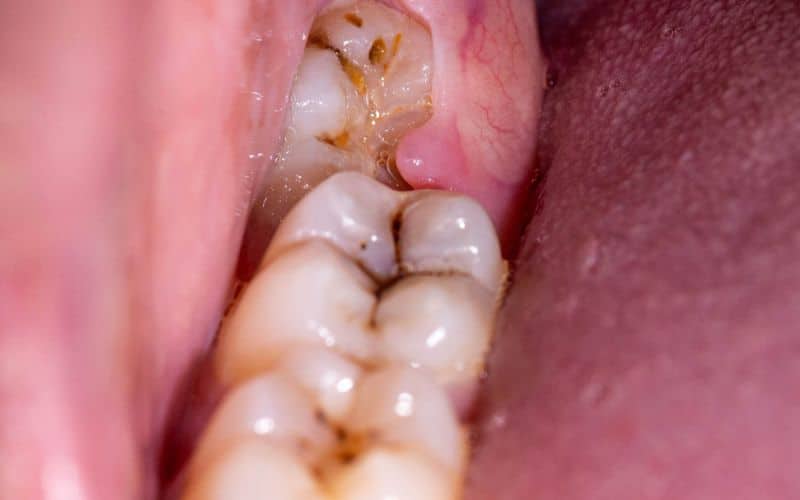
Wisdom teeth are the molars at the very back of your mouth. They usually come through (erupt) in late teens or twenties but can get stuck in the jaw bone or gums (impacted). They may grow at an incorrect angle and press against other teeth, creating painful crowding. They may also become infected with bacteria from food trapped between them.
It is important to visit your dentist regularly for X-rays of the mouth to identify when and if wisdom teeth might cause problems. Your dentist can also examine the impacted teeth and recommend removal, if necessary.
Your dentist will refer you to an oral surgeon for the extraction procedure, if necessary. This is because removing wisdom teeth is a surgical procedure that requires a higher level of expertise than your regular family dentist has. Your child will be under a general anesthetic during the surgery.
After the surgery, your child will need to take simple painkillers such as acetaminophen (Tylenol) and possibly prescription painkillers from your dental surgeon or dentist. They will probably need antibiotics for a few days to prevent infection. They will need to follow instructions about eating and drinking, including not using a straw, which can dislodge the blood clot that forms in the tooth socket.
Some oozing of blood is normal for the first day or two after surgery. If this gets worse or is accompanied by bad breath, swelling of the face or jaw, a fever or pus draining from the wound, see your dental surgeon or dentist.

